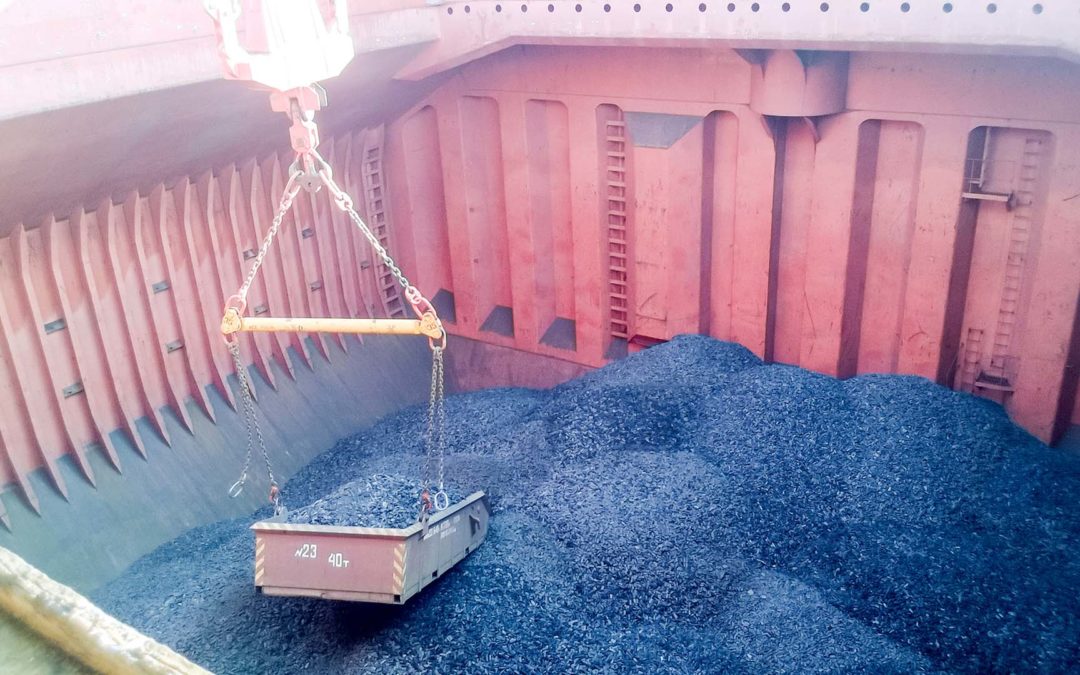A look at how rates are trending in 2022 for breakbulk and insights into what may be coming next.
A common method of transporting cargo or goods that don’t fit in standard-size shipping containers or cargo bins, breakbulk and bulk make up about half of all cargo (by volume) entering or leaving the US. For this and other reasons, tracking breakbulk trends has become important for companies across a wide range of industries.
In June, JOC reported that breakbulk shippers were feeling the pinch from increased detention charges. For example, detention for in-demand multipurpose vessels (MPVs) had jumped from $8,000 to $12,000 per day (prior to the global pandemic) to $30,000 to $50,000 per day in June.
“In other words,” JOC said at the time, “a two-week delay due to congestion could conceivably cost a project shipper $420,000 to $700,000 in detention, in addition to already elevated freight rates.”
The situation hasn’t improved much since, with shippers continuing to feel the pinch of fluctuating rates and high detention fees. And while ocean shipping rates as a whole have retreated by about 60% this year, according to WSJ, breakbulk volumes and rates both continue to escalate thanks to the global shipping resurgence.
The American Journal of Transportation says Drewry’s Multipurpose Time Charter Index saw rates increase by 15% in March over February, a 24% rise over 2020, which saw a steep drop in rates. In April, rates increased by another 6.5%, reaching $8,300 per day.
“The demand for cargo space is booming and so are the cargo inquiries for the next months,” Toepfer’s Yorck Niclas Prehm told AJOT. “Large operators try to keep the tonnage they have and to add up more, causing only very few vessels to appear on the spot market.”
Reefers are in Big Demand
Demand for conventional refrigerated (reefer) vessels has surged over the last two years thanks to ongoing capacity shortages and dismal service reliability among the container carriers, driving up charter rates for these specialized breakbulk ships, according to another JOC report.
As of July, the Reefer Trends index says 30-day time charter equivalents for large, specialized reefer ships of 450,000 cubic feet (cbft) had skyrocketed 281 percent since July 2020 to 1.18 cents per cbft. Rates for smaller 270,000-cbft reefer vessels jumped 129 percent to 1.49 cents per cbft during the same period.
The publication says the specialized reefer fleet has been shrinking for years as perishables shippers have migrated away from breakbulk shipping to refrigerated containers carried on global liner services, but “the mode keeps rescuing itself.”
What’s Next?
In August, JOC was reporting that congestion, high rates, and unreliable schedules were converging to “push both containers and cargo removed from containers and transported in breakbulk modes to the MPV sector during the pandemic market.” It says that spillover pressure is continuing, but also notes that container congestion is “easing and falling rates are encouraging spillover shippers to return to the container side.”
“The brokers, owners, and operators who share their market observations with the creators of three key MPV/HL sector indices said they are also seeing the return of the sector’s normal ‘summer slump’ in cargo demand,” JOC reports.
In the near term, JOC predicts that uncertainty around macroeconomic issues including inflation, slowing global growth, the ongoing pandemic threats, and the continued impact of Russia’s invasion of Ukraine are affecting market confidence. “However, forward cargo bookings remain healthy, and a scant orderbook means there will be few new ships entering the sector for the foreseeable future, keeping vessel supply tight.”
.jpg)
IntelliTrans’ Global Control Tower provides high levels of supply chain transparency; aggregates, completes, and enhances data from a variety of sources; offers visibility into and execution of different aspects of the supply chain; and generates data-driven alerts and analytics that ask deeper questions and deliver meaningful insights.
By leveraging tracking information, the Global Control Tower provides analytics that measures key performance indicators (KPIs) like fleet cycle time, origin/destination dwell time, lane and hauler performance, back orders, freight spend, load optimization, and more. With their rate, equipment, lease, tracking, and invoice data in a central repository that’s accessible 24/7, companies can position themselves for success in any market conditions.

